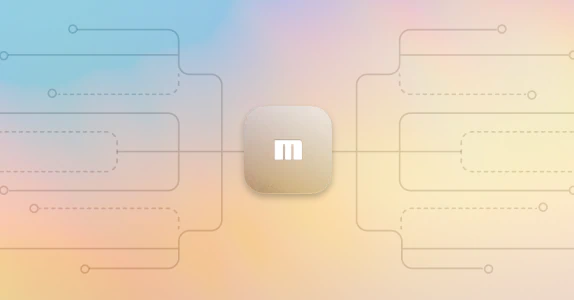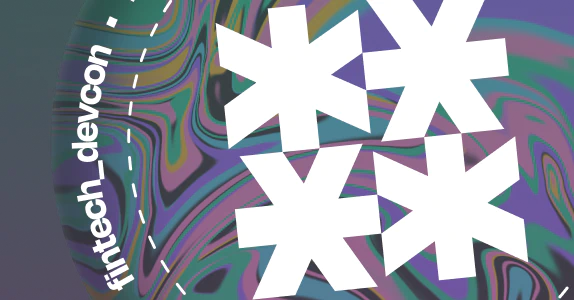
COVID-19 and the adoption of RTP
The COVID-19 pandemic has forced us to re-examine daily life as we knew it. Because of this shift, fresh opportunities for innovation surfaced in many different sectors. Governments, companies, and families were forced to rethink how to conduct business, shop, and pay for things.
For the United States, the pandemic gave us several reasons to update our payments infrastructure: the move away from cash payments and towards contactless payments, the rise of e-commerce, and the need for fast emergency funds disbursement.
While each of these marked significant innovations, let’s take a closer look at how the pandemic impacted the adoption of instant payments in the US.
What are instant payments?
Instant payments are payments where the funds move from one party to another as soon as the payment is initiated. In the world of instant payments, funds settle immediately. Other payment rails like ACH, card, and wire transfers usually take time (ranging from minutes to days) before funds settle at their destination. From a consumer perspective, if you’ve ever cashed money out from PayPal or Venmo to instantly move funds into your bank account, that instant transfer was likely routed through the RTP network. For more information on RTP, check out our beginner’s guide.
Adopting RTP in the US and beyond
The United States adopted RTP in 2017, and the Fed’s version of instant payments, FedNow, is set to launch in 2023. This is relatively late compared to some developing nations such as Ghana, Mexico, India, and parts of Europe, which adopted instant payments infrastructure in the early 2000s. Because developing countries didn’t rely on a widely adopted payment infrastructure, they were able to adopt instant payments earlier than the US.
In the US, real-time payments comprised 8.9% of payments in 2019 and are expected to grow to take up 20.9% of all payments share by 2024. Even though real-time payments adoption grew prior to the pandemic, the massive shift in digital payments helped businesses and individuals in these main areas:
Cash flow management
Businesses and individuals often find it challenging to manage cash flow. Rather than wait for a biweekly paycheck to come through, gig workers would often rather receive payment for their work instantly. During the pandemic, thousands of small businesses struggled to maintain enough readily accessible money to stay afloat. In May 2021, Quickbooks released a study indicating that 60% of small business owners say cash flow has been a problem for their business.
At the corporate level, faster processing and immediate settlement leads to greater efficiency and easier record-keeping. Regardless of the size of the business, traditional payment methods like ACH, check, and wire transfers often make it challenging to navigate budgeting, financial projections, and cash management. Having real-time payments as an option can smooth out cash flow, benefiting both people and companies regardless of how severe their situation is.
Because of these benefits, real-time payments are gaining traction amongst business owners. A nationwide commercial banking survey of 252 corporate leaders indicated that only 9% do not have plans to implement RTP, and 81% of those respondents expect RTP to dramatically change the way business is done.
Online shopping
The COVID-19 pandemic also brought about large changes in consumer spending habits. Sheltering in place and sensitivity to indoor spaces and crowds caused people to move from brick-and-mortar stores to online channels. In 2020, e-commerce spending went up by 44% compared to the previous year, for a total of $816.12 billion in transactions.
While card-based technology is better adapted for in-person payments (after all, a card is a physical product), online transactions are suited for real-time payments technology. Cards were not originally made with remote payments in mind, and are often more vulnerable to security issues (think about giving your credit card number over the phone or taking out your card to input a number in an online payment gateway). Moreover, it’s not ideal from an operational standpoint to wait 1-2 business days for the purchase to actually go through. While some online retailers are offering ACH and Paypal checkout integrations as alternatives to traditional card-based payments, the business-side benefits of using a real-time payment solution will likely push companies to adopt this payment method soon.
Government-sponsored relief
Real-time payments are also an excellent solution for time-sensitive disbursements like unemployment benefits, social security, or even stimulus payments. This past year, the US Treasury Department faced implementation challenges when it came to distributing checks as part of the CARES Act, including fraud prevention, identity verification, and getting funds into people’s hands quickly. With a widely adopted real-time payments infrastructure, there could have been a secure and contactless way for the government to distribute payments to its constituents.
In closing
Crises sometimes pave the way for learning, showing us opportunities or solutions we didn’t previously see. While the COVID-19 pandemic brought about significant challenges, we’re hopeful for what innovations it might bring to the world, especially in the realm of payments. As highlighted by the recent crisis, everyone from software companies to governments need speed, ease, convenience, and security for their payments infrastructure. Because of this, more widespread adoption of RTP is on the horizon.
Share thisFor software developers building platforms, it’s crucial to think about how to build a seamless payments solution with a strong user experience.
The optimal user experience is not just about picking one rail over another (i.e., ACH vs. RTP), but providing options to users so they can choose to get paid how they want. At Moov, we are passionate about innovation in the payments space and beyond. We’re building solutions for several payment rails, including, but not limited to RTP. Feel free to explore our open source projects as a resource for your latest fintech projects, or receive updates on what we’re building.





